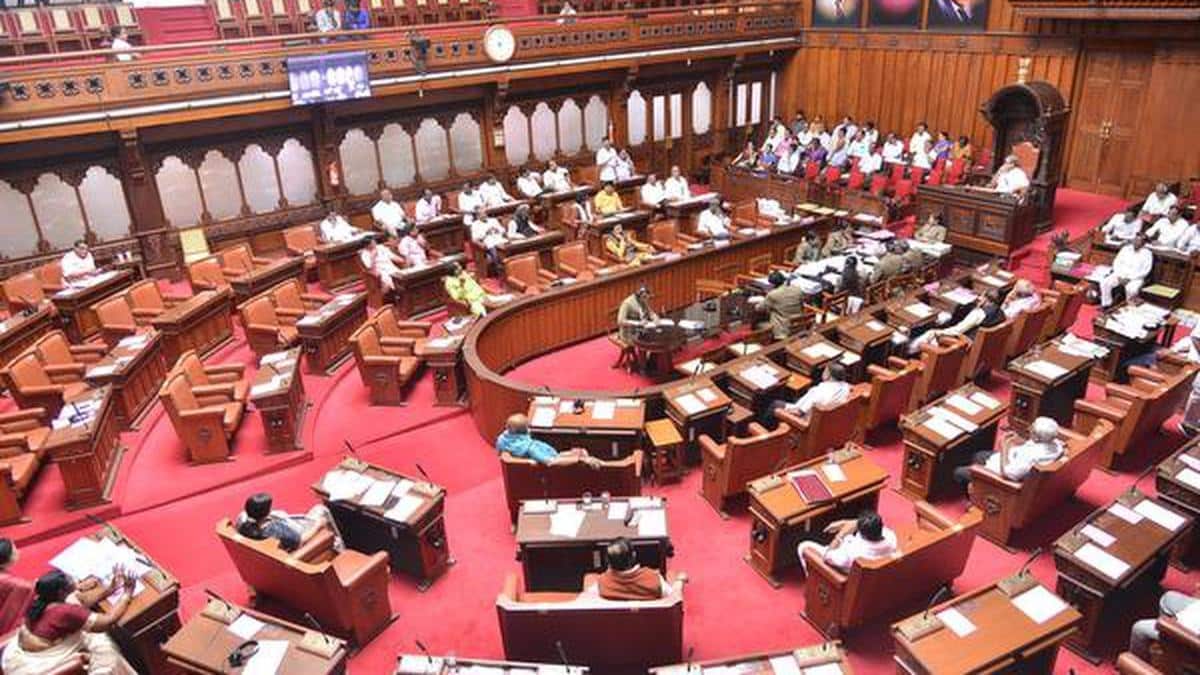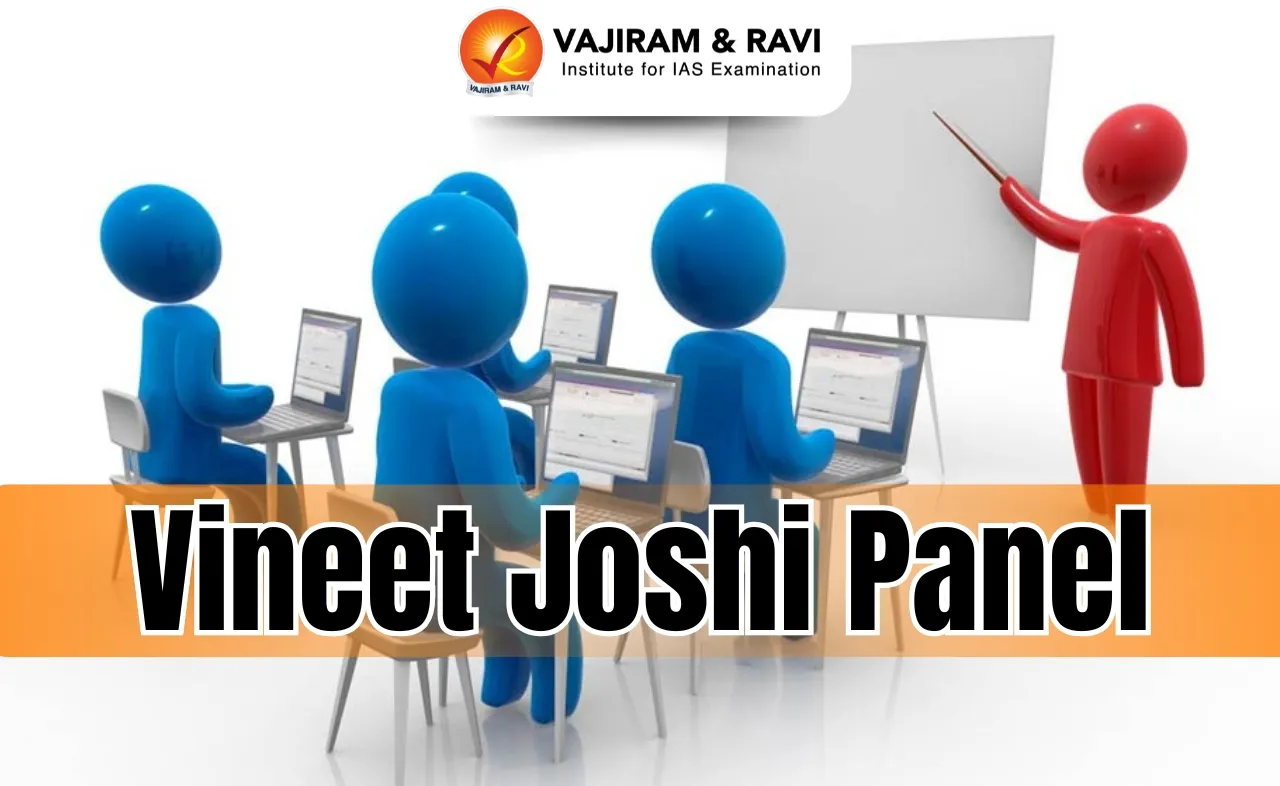About Legislative Councils:
- India has a bicameral system of legislature.
- While the Parliament has two Houses, it is optional for the states.
- At the state level, the equivalent of the Lok Sabha is the Vidhan Sabha or Legislative Assembly; that of the Rajya Sabha is the Vidhan Parishad or Legislative Council.
- States, if they choose, can have a Legislative Council or Vidhan Parishad as the upper house in addition to the Legislative Assembly.
- Legislative Council is in those states with bicameral legislatures.
Creation/abolition of legislative council:
- Under Article 168, states can have either one or two Houses of legislature.
- Article 169 leaves the choice of having a Vidhan Parishad to individual states.
- Art 169 of the Constitution provides for the abolition or creation of Legislative Councils in States.
- Power of abolition or creation of Legislative council lies with the Parliament.
- To set up the council, the legislative assembly of state must pass a resolution by a majority of total membership & not less than 2/3rd of the members of the assembly present & voting.
- However, a resolution passed by legislative assembly of state for creation or abolition of its council is not binding on the Parliament. Parliament may or may not approve the resolution with simple majority.
- This step will not be deemed to be an amendment of this Constitution for the purposes of Article 368.
Membership:
- Under Article 171 of the Constitution, the Legislative Council of a state shall not have more than one-third of the total number of MLAs of the state, and not less than 40 members.
- All the members of the Legislative Council are either indirectly elected or nominated by the Governor.
- One third shall be elected by electorates consisting of members of municipalities, district boards and such other local authorities in the State as Parliament may by law specify
- One-third of the members of this House are elected by the Legislative Assembly from amongst persons who are not its members.
- One-twelfth of the members are elected by graduates of at least three years standing.
- One-twelfth of the members are elected by teachers of secondary schools having at least three years experience.
- About one-sixth of the members are nominated by the Governor from among persons possessing special knowledge and experience in the field of art, science, literature, social service and cooperative movement.
Q1) When was constitution adopted in india?
The Republic is governed in terms of the Constitution of India which was adopted by the Constituent Assembly on 26th November, 1949 and came into force on 26th January, 1950.
Source: Bye Elections to the Uttar Pradesh Legislative Council by the members of Legislative Assembly (MLAs)
Last updated on June, 2025
→ UPSC Notification 2025 was released on 22nd January 2025.
→ UPSC Prelims Result 2025 is out now for the CSE held on 25 May 2025.
→ UPSC Prelims Question Paper 2025 and Unofficial Prelims Answer Key 2025 are available now.
→ UPSC Calendar 2026 is released on 15th May, 2025.
→ The UPSC Vacancy 2025 were released 1129, out of which 979 were for UPSC CSE and remaining 150 are for UPSC IFoS.
→ UPSC Mains 2025 will be conducted on 22nd August 2025.
→ UPSC Prelims 2026 will be conducted on 24th May, 2026 & UPSC Mains 2026 will be conducted on 21st August 2026.
→ The UPSC Selection Process is of 3 stages-Prelims, Mains and Interview.
→ UPSC Result 2024 is released with latest UPSC Marksheet 2024. Check Now!
→ UPSC Toppers List 2024 is released now. Shakti Dubey is UPSC AIR 1 2024 Topper.
→ Also check Best IAS Coaching in Delhi
























